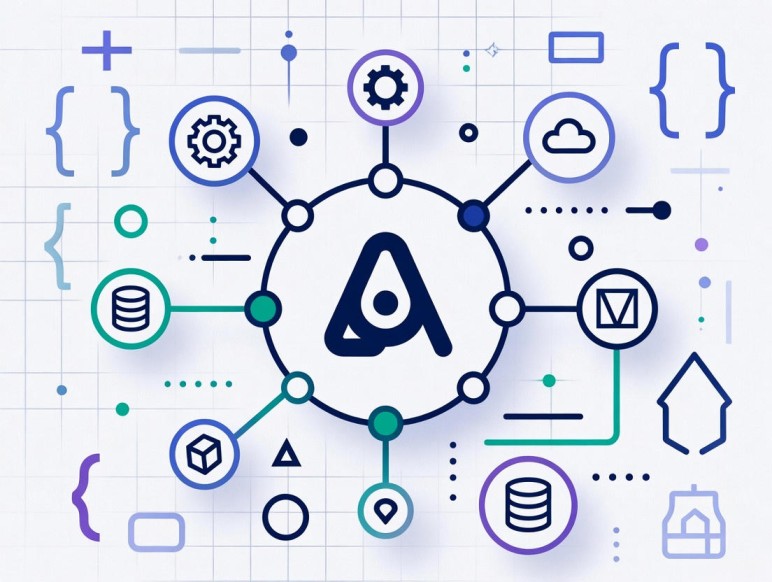Is It Time for Developers to Reconsider Ada?

A decades-old programming language is quietly making its way back into developer conversations. Ada—long used in aviation, defense, and space systems—is being re-evaluated as modern technologies demand higher reliability and safety. With autonomous vehicles, robotics, and AI infrastructure pushing software to unprecedented complexity, experts suggest it may be time for developers to take a fresh look at this veteran language.
Background: A Language Born for Safety
Ada was created in the 1980s to tackle one major challenge: building software for high-risk, mission-critical environments. It found early adoption in defense projects, satellites, avionics systems, and industrial automation. Over time, mainstream developers shifted toward languages like C++, Java, Python, and more recently, Rust.
But the tech landscape has changed. From drones to medical devices, safety-critical software is now part of everyday products—not just aerospace.
Why Ada Is Back in the Conversation
Industry specialists say Ada’s resurgence is driven by three trends:
- Growing need for reliability: Autonomous systems require deterministic behavior and extremely low failure rates.
- Increased regulatory pressure: Sectors like healthcare and automotive now demand formal verification and traceability.
- Modern updates to the language: Ada 2012 and Ada 2022 introduced more expressive syntax, contract-based programming, and improved concurrency features.
These modernizations make Ada far more flexible and approachable than many developers remember.
Technical Strengths: Why Ada Still Stands Out
Ada excels in environments where precision matters. Key features include:
- Strong typing: Prevents common runtime errors by catching issues at compile time.
- Built-in concurrency: Designed to manage parallel operations safely—crucial for robotics and autonomous systems.
- Contract-based programming: Lets developers specify preconditions, postconditions, and invariants, reducing ambiguity.
- Deterministic memory management: Minimizes the unpredictability often associated with garbage-collected languages.
In simple terms, Ada is engineered to prevent accidents before they happen—making it ideal for systems you cannot afford to crash.
Implications: Who Stands to Benefit
Ada's renewed relevance has implications across several sectors:
- Automotive: Advanced driver-assistance and self-driving systems need predictable behavior.
- Aerospace and aviation: As flight systems become more autonomous, safety requirements intensify.
- Manufacturing and robotics: Industrial machines demand reliability over speed of development.
- Defense: Legacy Ada systems need modern updates and skilled engineers to maintain them.
For developers, learning Ada can open doors to niche, high-paying roles often overlooked in mainstream software development.
Challenges and Limitations
Ada is powerful, but not without friction:
- Steeper learning curve compared to modern, high-level languages.
- Small talent pool, which can slow hiring and project scalability.
- Limited ecosystem—far fewer libraries and frameworks than Python or JavaScript.
- Not designed for rapid prototyping, making it less attractive for startups or general-purpose app development.
Still, advocates argue that Ada wasn’t built for speed—it was built for certainty.
Future Outlook: A Quiet But Steady Revival
As AI-driven systems, autonomous vehicles, and smart infrastructures become more complex, demand for fault-tolerant software will rise. Many analysts expect Ada to gain traction in specialized industries, particularly where safety and regulation are tightening.
Emerging tools, modern compilers, and better training resources could further improve accessibility, making Ada a viable option for a new generation of engineers.
Conclusion
Ada may never rival Python or JavaScript in popularity, but its unique strengths are becoming increasingly relevant. In a world where software failure can cost lives—not just data—it’s no surprise that developers and industry leaders are giving this veteran language another look.